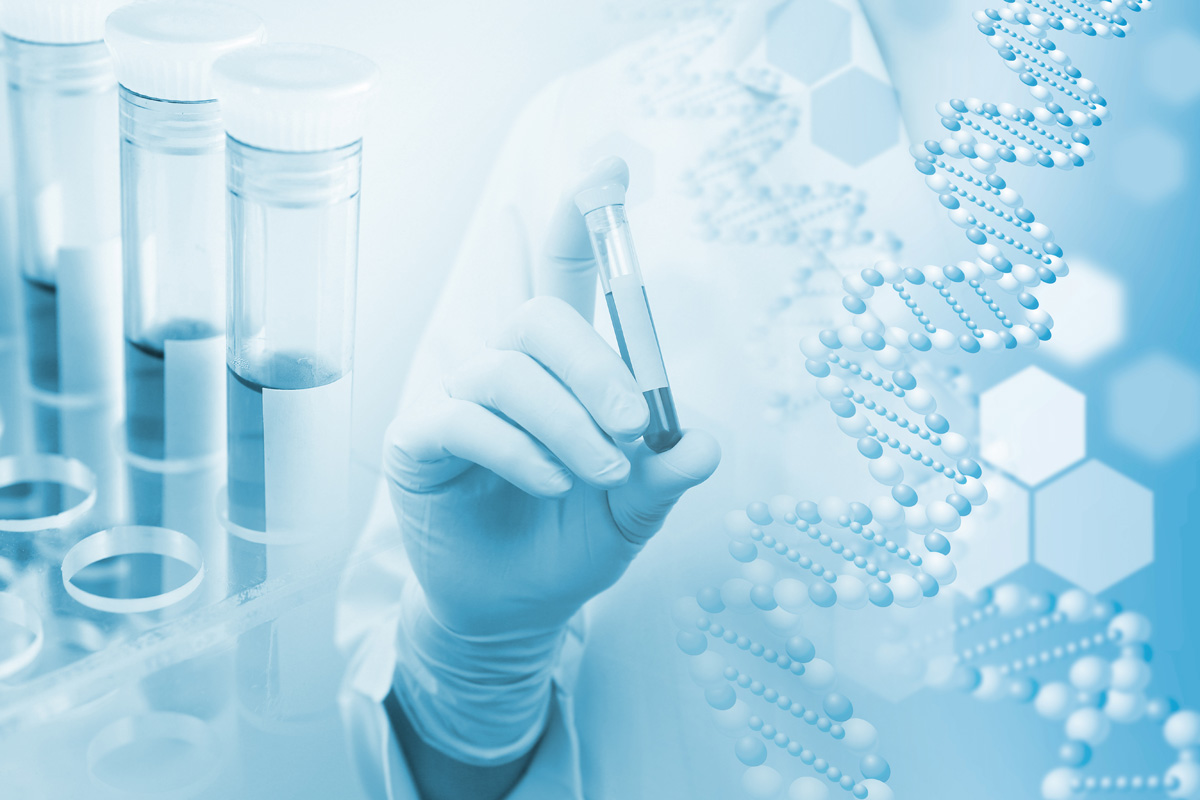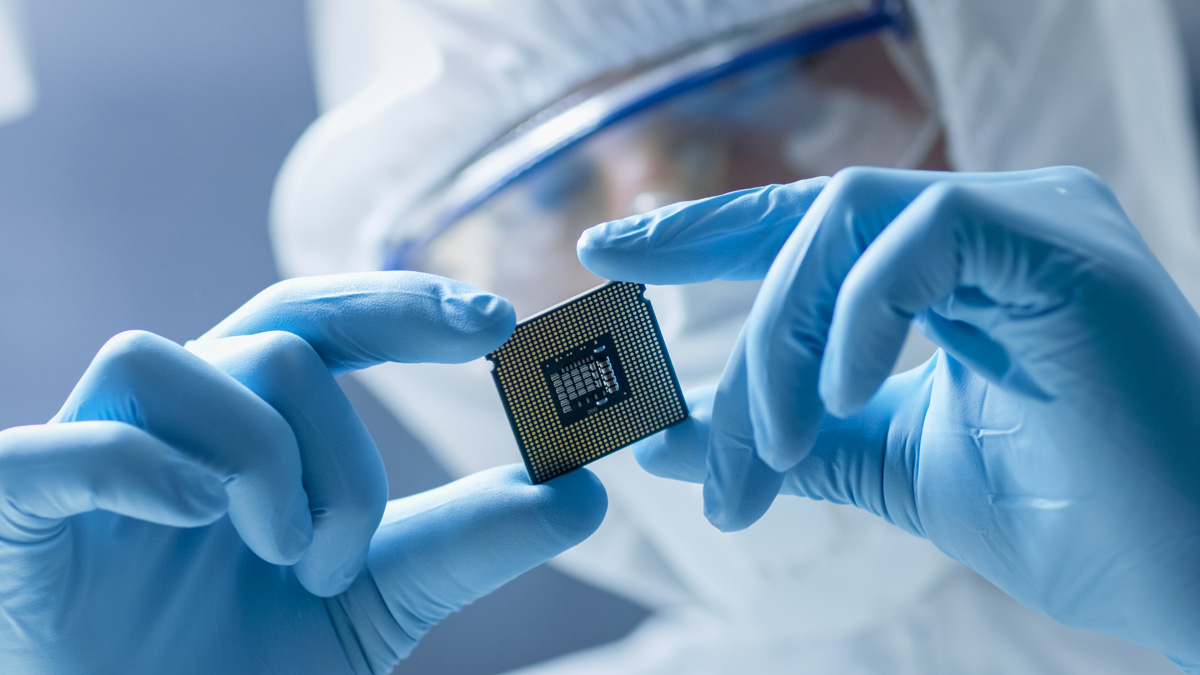Medical science has come a long way since the revelation of the stethoscope, with more technologies becoming accessible to everyone, driving change in the healthcare industry. The best part is, the associated technology is improving quicker than ever before.
Here are the latest medical science developments to look forward to in 2021:
Ever-improving Wearables with a Purpose
Fitness trackers like the infamous FitBit have been rising in popularity for years, where the company shipped millions of its wearable devices every year. However, the next trend in medical wearables has become more niche as wearable “continuous glucose monitors” are becoming more accessible to diabetic patients.
Wearable continuous glucose monitors eliminate the need for glucose testing, keeping track of a patient’s blood sugar levels in real-time, allowing them to see the impact of food and exercise instantly, helping them shape their lifestyles.
Plus it helps patients detect hyperglycemia immediately, helping them get the treatment they need instantly. Just like how commercial custom-designed window treatments offer homeowners the chance to create something unique, these wearables are now helping many individuals with more “specific” needs.
New Methods of Developing Drugs

The development of several COVID-19 vaccines shows massive potential in drug development. The pressure of creating these vaccines has helped modern scientists find new ways in making pharmaceutical drugs, with several pharmaceutical companies already exploring new antiviral treatments in 2021 while sharing preliminary data.
Advanced Telemedicine
Just like most sectors, the healthcare industry took its operations online in 2021. Telemedicine took a massive leap forward due to the pandemic, with 24% of healthcare organizations offering telehealth programs in 2020 alone.
Since most healthcare organizations were forced into functionality, most of the telehealth’s regulatory barriers have been eliminated, and these organizations now have plenty of data to improve telehealth services. In 2021, most healthcare organizations are focusing on how they can incorporate telehealth with existing physical services.
Many medical experts continue to opt for virtual appointments to increase patients’ access to primary and urgent care while improving collaboration with other facilities, ranging from dialysis centers to mental health institutions. However, all of these hinge upon a more “permanent” removal of regulatory barriers as several health organizations are urging governments to act fast.
Data-Driven Healthcare
The healthcare industry’s big data market is estimated to reach over $70 billion by 2025 as the broad collection of health data continues to expand. This expansion makes it more accessible for different healthcare facilities, allowing them to improve treatment options and patient outcomes.
The biggest hurdle in this medical science development is the lack of interoperability, where healthcare organizations can’t transfer their data to another firm. However, interoperability took a step forward in 2020, as Google Cloud introduced its “healthcare interoperability readiness program.”
This launch helped healthcare providers prepare for interoperability regulations and offer program participants quick access to whatever information they need.
Nanomedicine
Nanomedicine is based on nanotechnology operating on an atomic or molecular scale, offering huge potential in several medical applications. These include improved imaging, sensing, diagnosing, and delivery through different medical devices. In 2021, researchers are continually finding new ways to use nanomedicine in medical science.
The most notable one is that nanomedicine is currently being used to target individual cells, which can be highly beneficial in targeting drug delivery to tumors for more efficiency against viruses and bacteria.
A Lab on a “Chip”

A common issue that most medical laboratories face is the delay in getting samples to the lab. Fortunately, one medical science development trend is about to change that, allowing scientists to bring the lab to the “samples.” The latest lab on a chip based on the CRISPR enzyme Cas12 is around the size halved credit card, containing a comprehensive network of channels that can deliver a coronavirus test’s results in half an hour.
The best part is that it can be modified to detect other diseases, allowing scientists to perform lab tests quicker, safer, cheaper, and more efficiently.
5G-Enabled Devices
It’s no secret that the biggest drivers of modern technology in the healthcare industry are Artificial Intelligence, the Internet of Things, and Big Data. However, all these will need a reliable and fast internet connection to work correctly. Luckily, with the advent of 5G, hospitals can now access lightning-fast internet connections, making it easier to use medical devices.
But the most immediate benefits you’ll be able to see with 5G in the healthcare industry will be in telemedicine, expanding access to quality healthcare to millions.
Although medical science has constantly been improving, the ongoing pandemic has sped up the process. The developments mentioned are some of the few that’ll take over 2021 and beyond, ensuring better overall health.